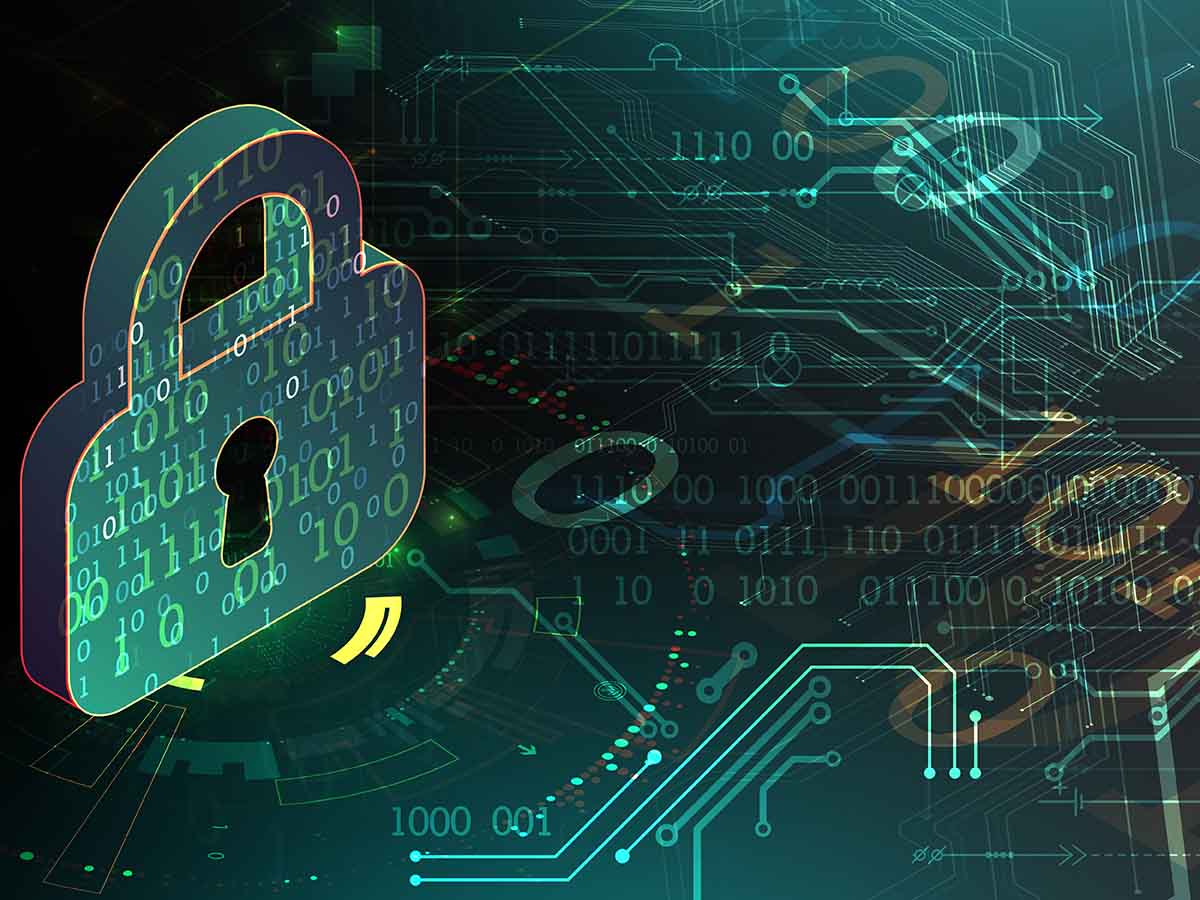A threat actor refers to a person or entity that is responsible for an incident that impacts, or has the potential to impact, an organization’s security. These actors, often backed by malicious intent, can range from individual hackers to organized crime groups or even state-sponsored entities. Their actions can lead to unauthorized access, data breaches, or damage to a computer system.
Threat Actor Examples
1. Individual Hacker
An individual hacker, often referred to as a “lone wolf”, is typically a single person who uses their advanced computer skills to break into computer systems with a variety of objectives. This person’s motivations can span a broad spectrum, ranging from sheer curiosity and desire to test their ability, to more malicious reasons such as stealing sensitive data, causing harm, or even gaining reputation within hacker communities.

Stay One Step Ahead of Cyber Threats
They could be self-taught or may have received formal training in IT or coding. Using their knowledge of network vulnerabilities, they might exploit weak security measures to crack passwords or to bypass firewalls. They then gain unauthorized access to the system, allowing them to manipulate, steal, or corrupt data, install malware, or create chaos within the targeted system.
Because individual hackers operate alone, they can be hard to identify and apprehend. They might use techniques like IP spoofing to hide their location and identity, making it even more challenging for law enforcement to track them down and prevent attacks.
2. Organized Crime Groups
Organized crime groups in the cyber world work on a larger scale than individual hackers and their actions often have financial motivations. Comprised of members with varying skills and roles, these groups work together to launch large-scale, coordinated cyber attacks. Their primary goal is usually to generate substantial profits, achieved through methods like identity theft, financial fraud, or ransomware.
Ransomware is a common tactic employed by such groups. They infiltrate an organization’s network, encrypting vital data and holding it hostage. The group then demands a ransom from the victimized organization, usually in the form of hard-to-trace digital currencies like Bitcoin. Only upon receiving the ransom do they (often) provide the decryption key to unlock the now-inaccessible data.
Organized crime groups pose a significant threat due to their combined expertise, broad resources, and advanced tools at their disposal. Their ability to systematically exploit vulnerabilities and persistently pursue their targets increases the scale and impact of their potential damage in comparison with solitary hackers.
3. State-Sponsored Entities
State-sponsored entities represent a particularly severe threat in the realm of cybersecurity. They comprise skilled hackers backed by the resources of a nation-state, with their actions often driven by political or military objectives. These entities may be tasked with conducting cyber espionage against another nation’s government or major industries, aiming to steal sensitive information, disrupt critical infrastructure, or create discord.
These groups typically use highly sophisticated tactics to break into networks, often exploiting zero-day vulnerabilities. Their vast resources allow them to conduct long-term operations undetected, posing a significant security threat. In worst-case scenarios, they could potentially cripple a nation’s infrastructure or economic systems by destabilizing power grids or disrupting financial services.
State-sponsored cyber attacks are a significant concern at national and international levels due to their high impact potential. Despite the challenge posed by tracing these groups due to their advanced evasion techniques and the clandestine nature of their work, global efforts, through cyber defense initiatives, continue in an attempt to identify, prevent, and mitigate such attacks.
Conclusion
In the ever-evolving sphere of cybersecurity, understanding the nature and motivations of different threat actors – whether it’s an individual hacker, an organized crime group, or a state-sponsored entity – is crucial. With this knowledge, organizations can create more robust, dynamic defense systems to protect against an array of increasingly sophisticated cyber threats.
Key Takeaways
- Threat actors can be individuals, organized crime groups, or state-sponsored entities, all with varying motives and methods.
- Individual hackers, while often operating solo, can still inflict significant harm by exploiting weak security measures.
- Organized crime groups orchestrate coordinated cyber attacks for profit, employing tactics like ransomware and identity theft.
- State-sponsored entities pose substantial geopolitical threats as they may target national infrastructure, economic systems, or state secrets.
- Understanding the nature of different threat actors is critical in developing robust, efficient cybersecurity strategies.
Related Questions
1. How do individual hackers cause disruption?
Individual hackers can cause disruption by manipulating, stealing, or corrupting data, installing malware, or exploiting vulnerabilities to gain unauthorized access to systems.
2. What are common tactics used by organized cybercrime groups?
Organized cybercrime groups commonly use tactics like ransomware, financial fraud, and identity theft. They can infiltrate networks, encrypt data and demand a ransom for its release, or steal sensitive information to commit fraud.
3. What might be a goal of a state-sponsored cyber attack?
State-sponsored cyber attacks often have political or military objectives. They may aim to steal classified information, disrupt a nation’s infrastructure, or create political discord.
4. Why is it important to understand different types of threat actors?
Grasping the different types of threat actors is key to recognizing their techniques and motives. This understanding aids in developing more effective cybersecurity defenses and strategies.
5. What is a zero-day vulnerability and why is it significant?
A zero-day vulnerability refers to a software flaw unknown to those who should be interested in its mitigation (like software vendors). It is significant because it can be exploited by threat actors before it is discovered and fixed, giving them potential access to sensitive data.
"Amateurs hack systems, professionals hack people."
-- Bruce Schneier, a renown computer security professional






